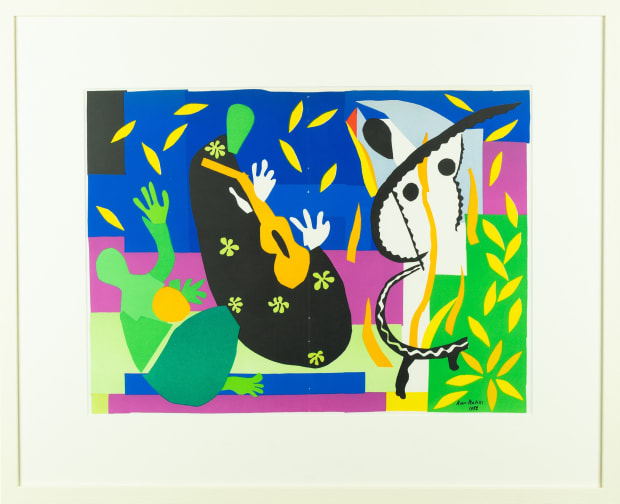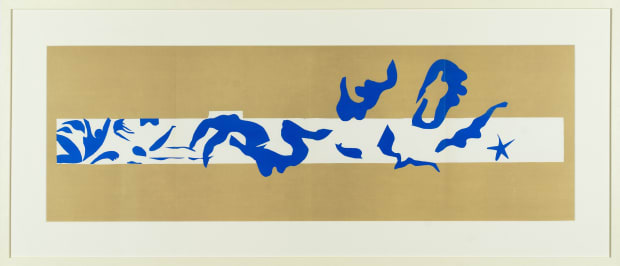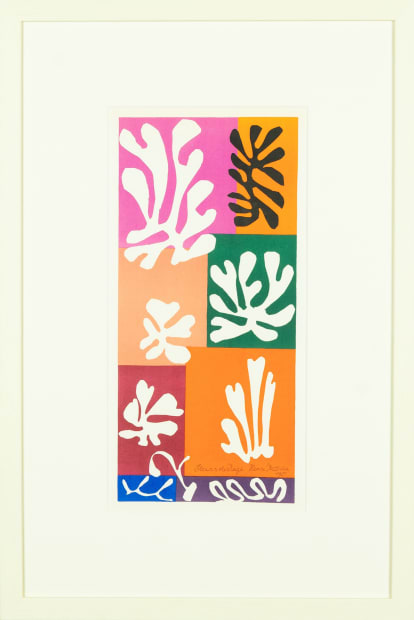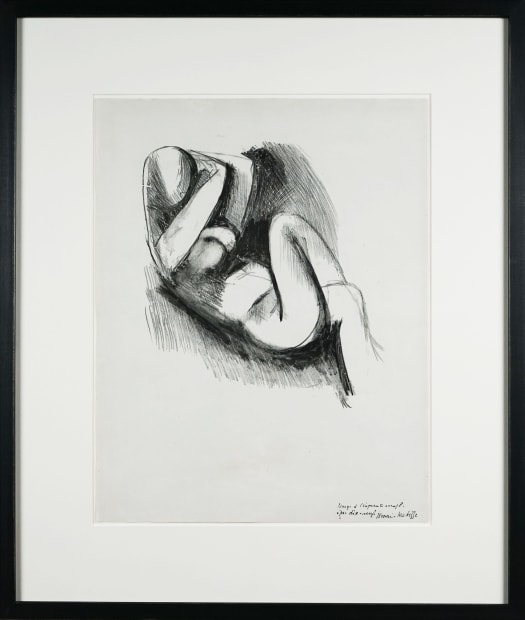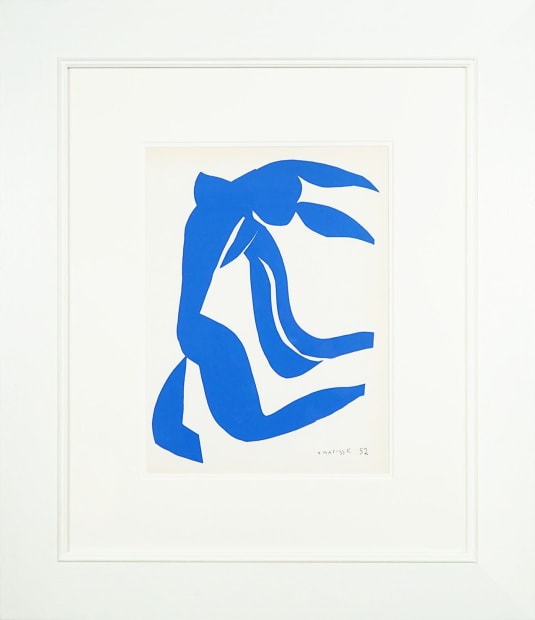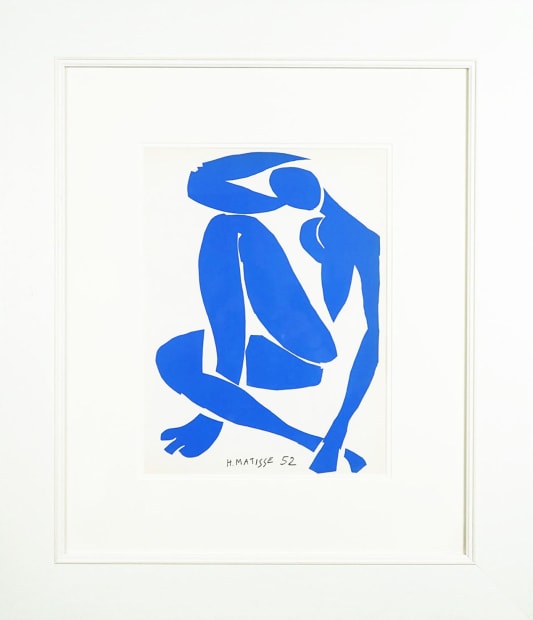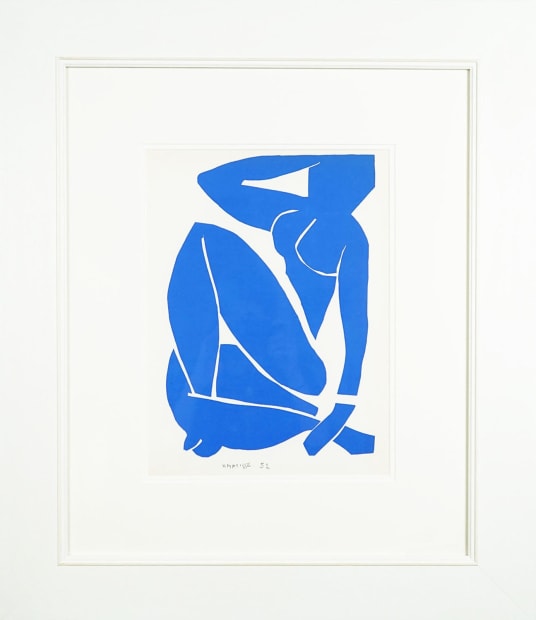-

-
-
-
WHY SHOULD I INVEST IN HENRI MATISSE?
-
-
-
-
STARTING A MATISSE COLLECTION
Matisse’s most sought-after prints tend to be his monochrome aquatint portraits, followed closely by his lithographs. His etchings are also highly coveted and were often published in very small editions. Unlike most artists, who enlist the expertise of technicians in print workshops, Matisse had a small etching press installed in his studio, allowing him to print as and when he liked. This gives many of his etchings an intimate, spontaneous quality. His lithographs, created with the more conventional assistance of master printers such as Mourlot, tend to make grander, more public statements. All of them demonstrate Matisse’s incredible affinity for line.
-
-
PRACTICAL TIPS FOR CHOOSING THE BEST PIECE
-

-
-
SEE OUR COLLECTION
By following these tips and working with reputable sources like Hidden, you can confidently build a valuable and authentic Matisse collection that will bring you joy and potentially appreciate in value over time.
-
What next?
-

All Artists
Take a look at Hidden's full range of world-renowned artists.
-

All Artworks
Explore Hidden's full range of original rare artworks.
-

Read our Reviews
Take a look at what our customers have to say about us!
-

Collector's Guides
Read more of our Collector's Guides, investment information and more.
-
Subscribe to receive our weekly newsletter.
Be the first to know about new artwork, exhibitions, events and offers.
* denotes required fields
Sign up now to get exclusive early access to new inventory before it hits our website. As a subscriber, you'll also receive advance notice about upcoming art fairs, events, and special offers. You can read our privacy policy here.

